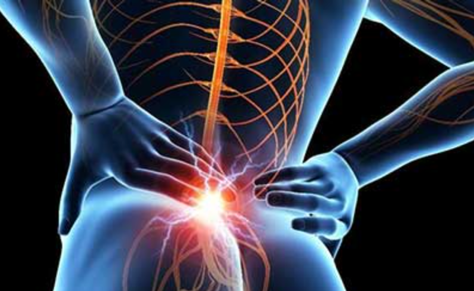Full Body Movements Over Kegels To Target Pelvic Floor
How can you strengthen the pelvic floor without kegels? People commonly resort to kegels to “stop the flow of urine.” However, that solution really only activates a small part of the pelvic floor, whereas we want the full pelvic bowl to be engaged.
I want you to think a little bit away from the dated mentality of isolation exercises. For example, at the gym when you see things like just quad machine, or the adductors, or just the presses. That’d be only doing calf raises if you want to strengthen your legs. You’d probably end up with really tight calves, but not necessarily strong quads or hamstrings, and then those calves would behave as weak calves. Another example is the bicep. If you rep bicep curls all day, the muscle will get really tight and short. That would not make it very functional because a tight muscle behaves like a weak muscle. It also will fatigue more. Whereas a muscle that does daily lifting and moving will be solid and much more functional.
The same is true for the pelvic floor. Maybe you’re pregnant or postpartum and you were told you need to do kegel exercises to strengthen your pelvic floor. There’s a chance you’ll end up with a pelvic floor that’s hypertonic, meaning it’s essentially too tight. Many women have too tight of a pelvic floor, which causes them to have a pelvic floor that is behaving like a weak pelvic floor. So when they go to do movements such as running, their pelvic floor is fatiguing because it’s been overworked—it’s too tight. We want to reduce that tension. We want to figure out how to relax the pelvic floor, but also get toned to that pelvic floor.
PLAY VIDEO ⬇︎
How to Strengthen the Pelvic floor Without Kegel Exercises
The best way to work toward getting strong, functional pelvic floor muscles is through full body movements. There are many alternatives to kegels. So exercises like squats, deadlifts, rows, and glute bridges. Do movements that activate and challenge the deep core. The pelvic floor is never entirely turned off. It’s a core muscle, so it’s always engaged to some extent, even with just our breath. When you go to sit and stand, your pelvic floor will be engaged whether you’re aware of it or not.
There’s something called the piston breath, where as you inhale, the diaphragm lowers and the pelvic floor is loaded. As you exhale, the diaphragm comes up and the pelvic floor comes up. So in the beginning, as you’re reconnecting, you can do a full body movement and use your breath to your advantage. Think: exhale, then engage on exertion. During the hard part of the movement, exhale, then intentionally engage the pelvic floor.
So for a squat, the easy part is coming down, the exertion part is coming up. Inhale going down, exhale, and engage that pelvic floor. As you engage your pelvic floor, your transverse abdominus will also automatically engage. So if you want, you can think about engaging that deep core together with the pelvic floor, then engaging that transverse. Another fully body movement is the deadlift. The hard part of a deadlift is coming out of the movement. Inhale down, exhale, engage pelvic floor on the rise.
Conclusion
This is what we can do early on for that connection: use the piston breath to our advantage to connect and really engage the deep core system. But long term, we should just be able to use these full body movements in an advantageous way for our deep core. Eventually, we shouldn’t even have to tell it to turn on. Ultimately, full body movements are the best way to really tune in to strengthen the pelvic floor. However, there are always exceptions where kegels can be advantageous to get people to isolate and really focus if they’re having a hard time. But we never want to overdo them because, again, we don’t want to create overly tight muscles that behave as weak muscles.
At the end of the day, don’t think “kegel exercises.” Think “pelvic floor muscle activation,” so that you think of all of those muscles coming in and joining together. When it comes to strengthening the pelvic floor, we really want to incorporate these full body movements.
Keep up the great work and LIVE LOUD!




